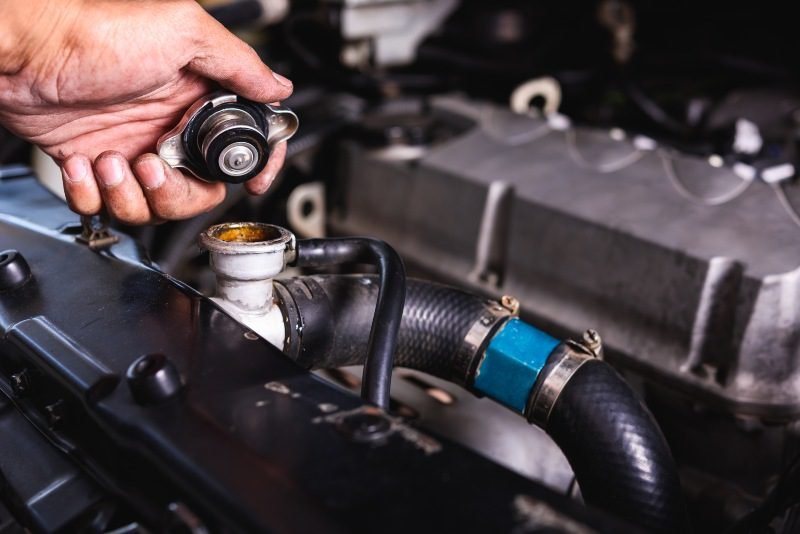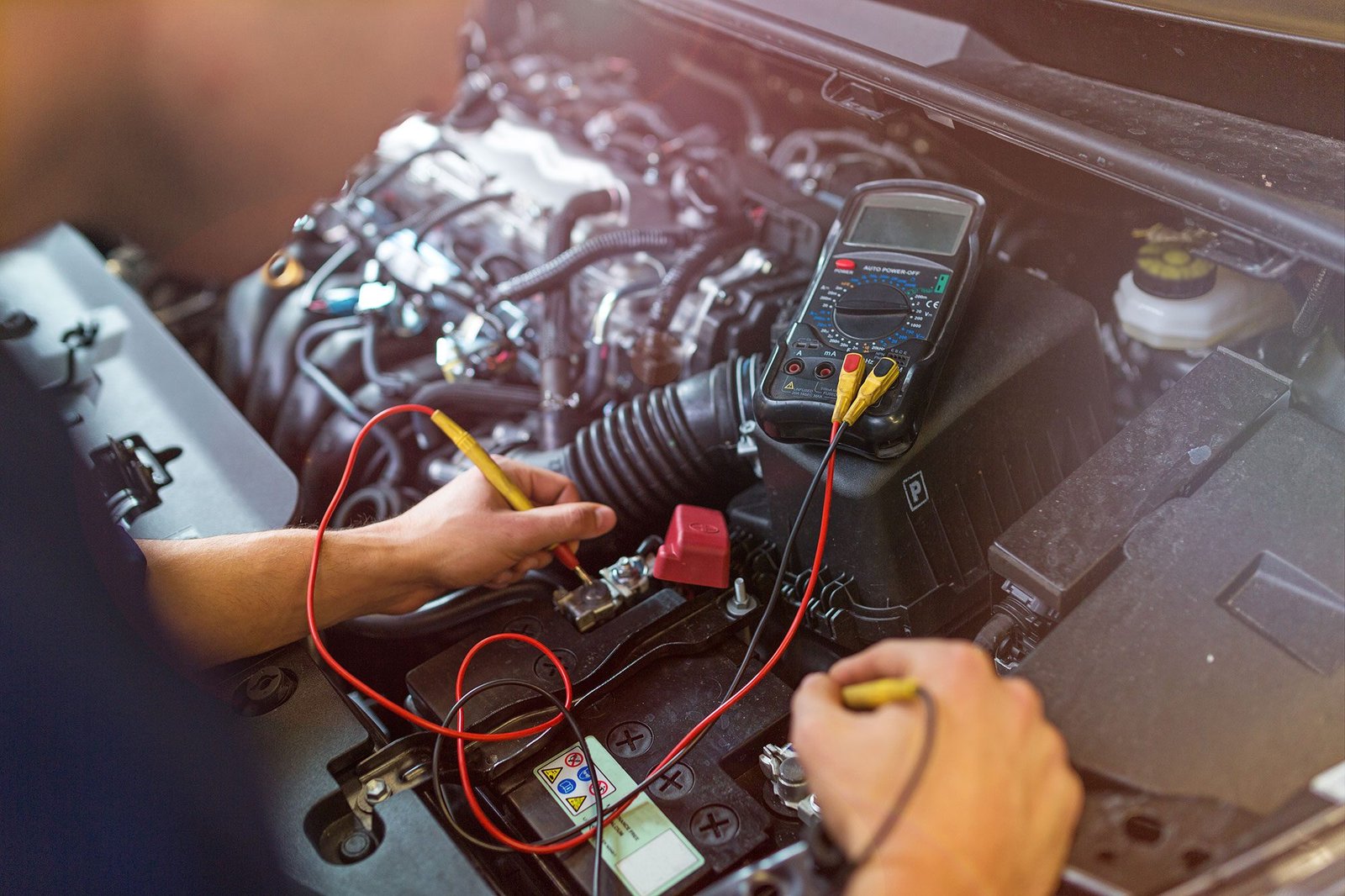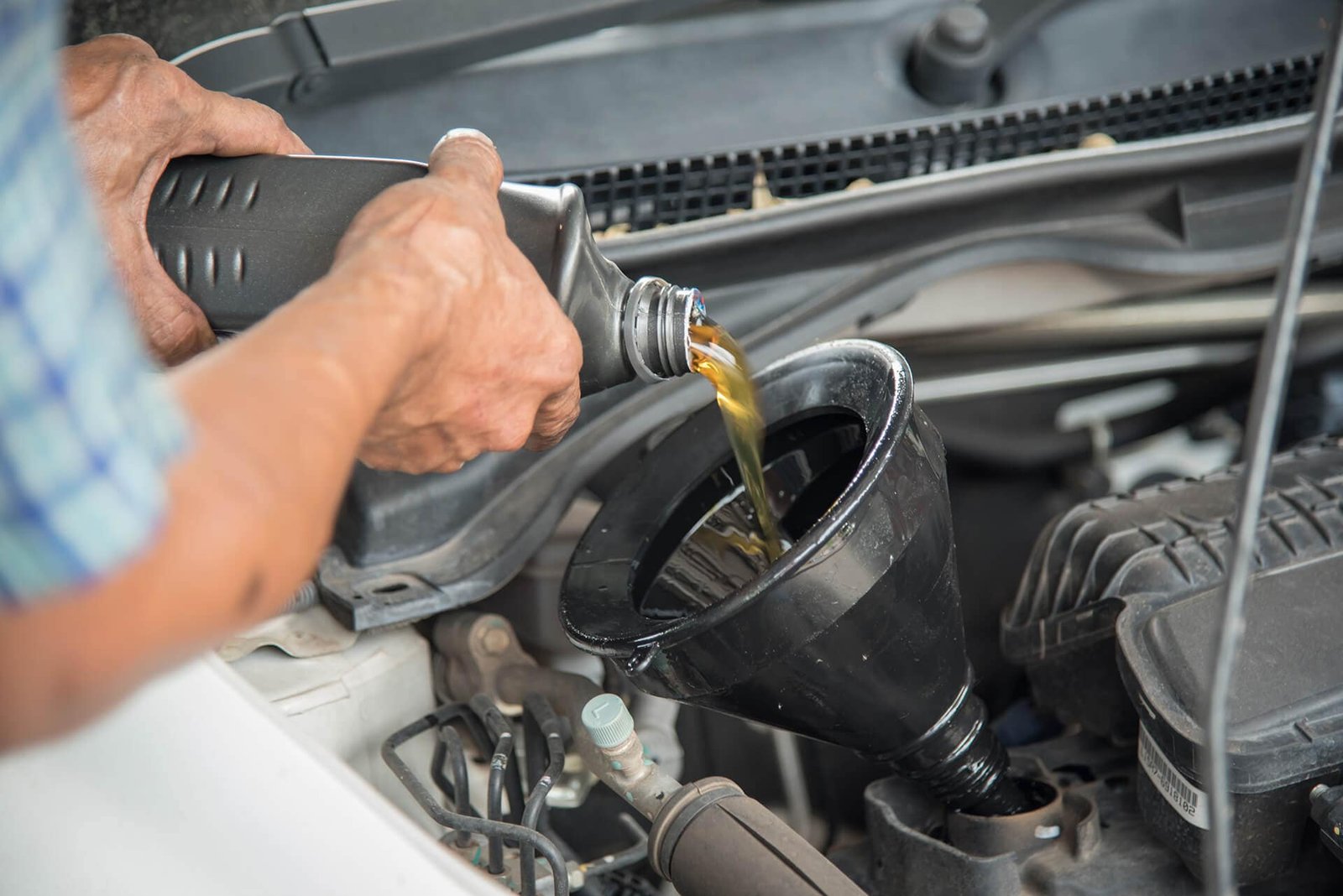Engine water, which is sometimes called antifreeze, is very important for keeping your car’s engine at the right temperature. The coolant may lose its usefulness over time, which could cause problems with burning. This guide will show you how to do an engine coolant flush yourself, giving you the power to take charge of your car’s care and keeping it from burning.
Signs That You’re Too Hot
The first thing you need to do to understand how important a water flush is is to know the signs of an engine that is getting too hot. Signs of possible problems include steam coming from the engine, a temperature gauge that is going up, or strange smells. Coolant’s main job is to soak up heat and keep the engine’s temperature steady, so it’s very important to keep it from getting too hot.
Why Should You Do Your Own Engine Coolant Flush?
Do-it-yourself radiator changes are not only cheap, but they also give car drivers a sense of control. People can save money and really get to know their cars better by doing this repair work themselves. The goal of this help is to make the process easier so that even people who have never done car repair before can do it.
Important Materials and Tools
Before you start the water flush process, you need to make sure you have all the tools and materials you need. This comes with safety gloves, a scoop, a coolant flush kit, a drain pan, and the right kind of coolant for your car. A quick and effective radiator flush is guaranteed if you get everything ready ahead of time.
Take care of safety
As with any kind of car repair, safety should always come first. Wear safety glasses and gloves when you do a radiator clean to keep yourself safe. Before you start, make sure the engine is cool, and be careful when you touch the hot fuel.
How to Do It Step by Step
Getting rid of the old coolant
Find the radiator drain plug to start.
Put the drain pan under the plug to catch the old coolant.
Remove the drain plug and let the water drain all the way out.
Using water to clean the system
Put the drain plug back in place and add water to the radiator.
Begin the engine and let it run until it’s hot enough to use.
Do this again and again until the water that has been drained is clear.
Adding more fresh coolant
Follow the directions on the bottle to mix the cooler with pure water.
Through the tube, pour the liquid mix into the radiator.
To get rid of air bubbles, start the engine and let it run.
Looking for Leaks and Levels That Are Right
Check the system for any holes or leaks.
If you need to, check the water amount and add more.
How to Pick the Right Coolant
To choose the right engine oil for your car, you need to know about the different kinds. There are different types, such as ethylene glycol and propylene glycol, and each has its own benefits. To find the right coolant for your car, look in the owner’s manual or talk to a professional.
How Often to Flush the Coolant
Though how often you should clean your radiator can change, it’s usually best to do it every 30,000 to 50,000 miles. The frequency can be changed by things like driving conditions and the weather. Regular upkeep keeps contaminants from building up and makes sure the coolant keeps its ability to control temperature.
Pros of Doing Your Own Coolant Flush
Doing a radiator flush yourself has a lot of perks. It makes your engine last longer, makes your car run better overall, and costs less than getting professional help. You can help your car last longer and run more efficiently by taking an active part in its care.
What Not to Do: Common Mistakes
Some common mistakes are easy to miss when you’re excited about doing a radiator clean yourself. Make sure you always follow safety rules and use the right kind of coolant for your car. Ignoring these important steps could make your cooling system less effective and even damage your engine.
How to Fix Problems
Don’t worry if you run into problems during the radiator flush. Make sure there are no leaks, that the coolant is mixed correctly, and that you carefully follow the steps. If problems don’t go away, don’t be afraid to get help from a professional. It’s better to deal with problems right away to keep them from getting worse.
Effects on the Environment
To have the least effect on the earth, it is important to get rid of old water the right way. Quite a few shops that sell car parts will take back used coolant. By doing radiator cleaning yourself in an eco-friendly way, you help make the world a better place.
When compared to professional services
Coolant flushes that you do yourself can be helpful in some situations, but sometimes you may need to hire an expert. Things like complicated car systems or a lack of knowledge may mean that you need skilled help. Think about the pros and cons of each option before choosing the best one for your case.
Testimonials and Stories of Success
Many car owners have done coolant changes themselves and been able to save money and get better engine performance as a result. These success stories show how easy this repair task is and encourage other people to take charge of their car care.
In conclusion
In conclusion, a do-it-yourself engine water flush is a useful and powerful piece of car care. By following the steps given, you not only save money but also help your car last longer and run more efficiently. Regular radiator repair keeps your car from burning, which makes driving smoother and more reliable.
FAQs: How often should I clean my own coolant?
It is suggested that you do it every 30,000 to 50,000 miles, but check your car’s guidebook for exact instructions.
What kind of coolant can I use for my car?
No, it’s very important to use the coolant that’s recommended in your car’s manual to make sure it works.
What should I do to keep myself safe during a coolant flush?
Before you start the process, make sure the engine is cool and wear safety glasses and gloves.
Is it okay for all car drivers to do their own radiator flush?
Many people can do it, but people who don’t know much about car repair may want to get help from a professional.
How should I properly get rid of old coolant?
Many shops that sell car parts will recycle used coolant. Find out what your area’s choices are for getting rid of it.



